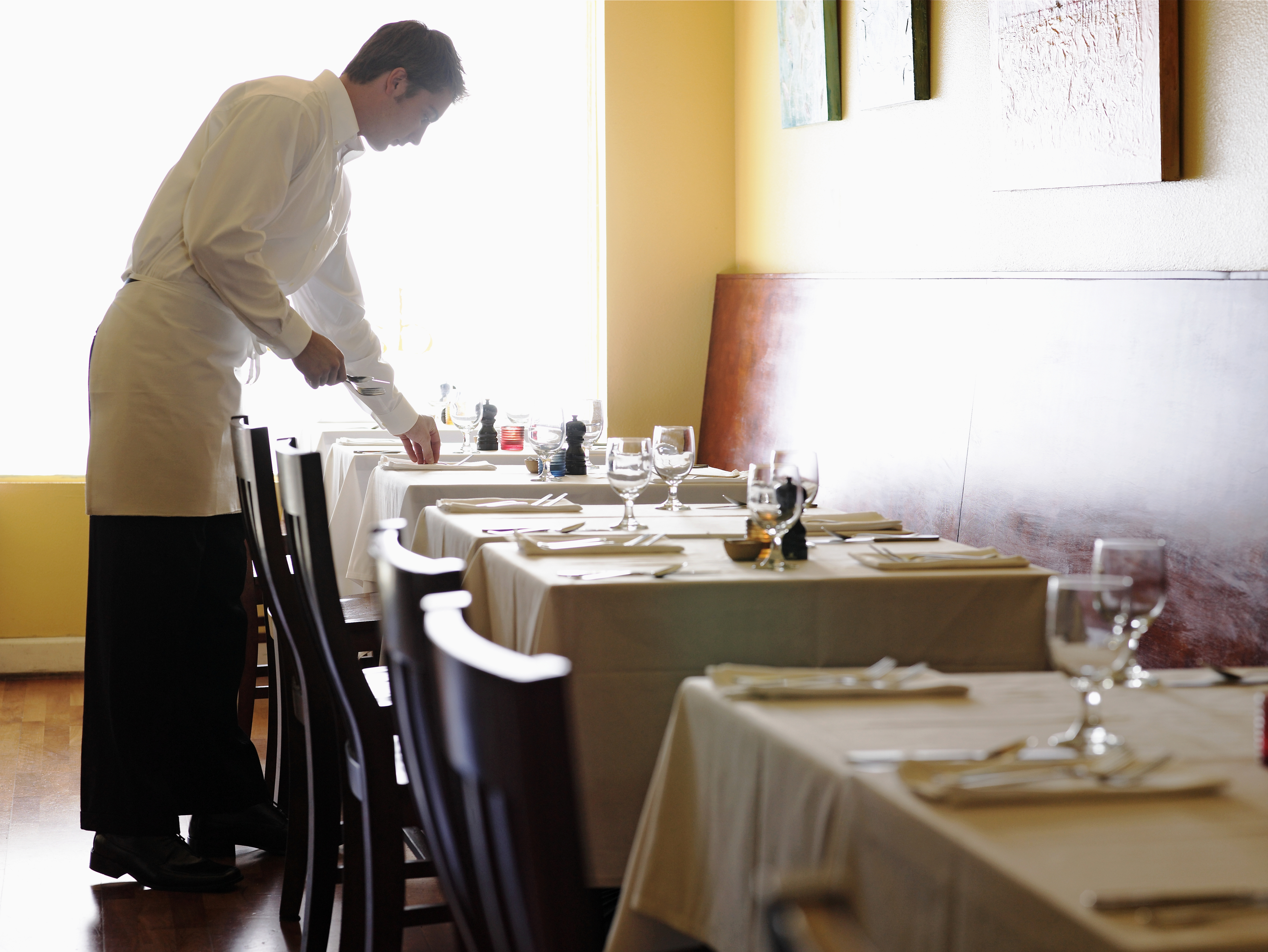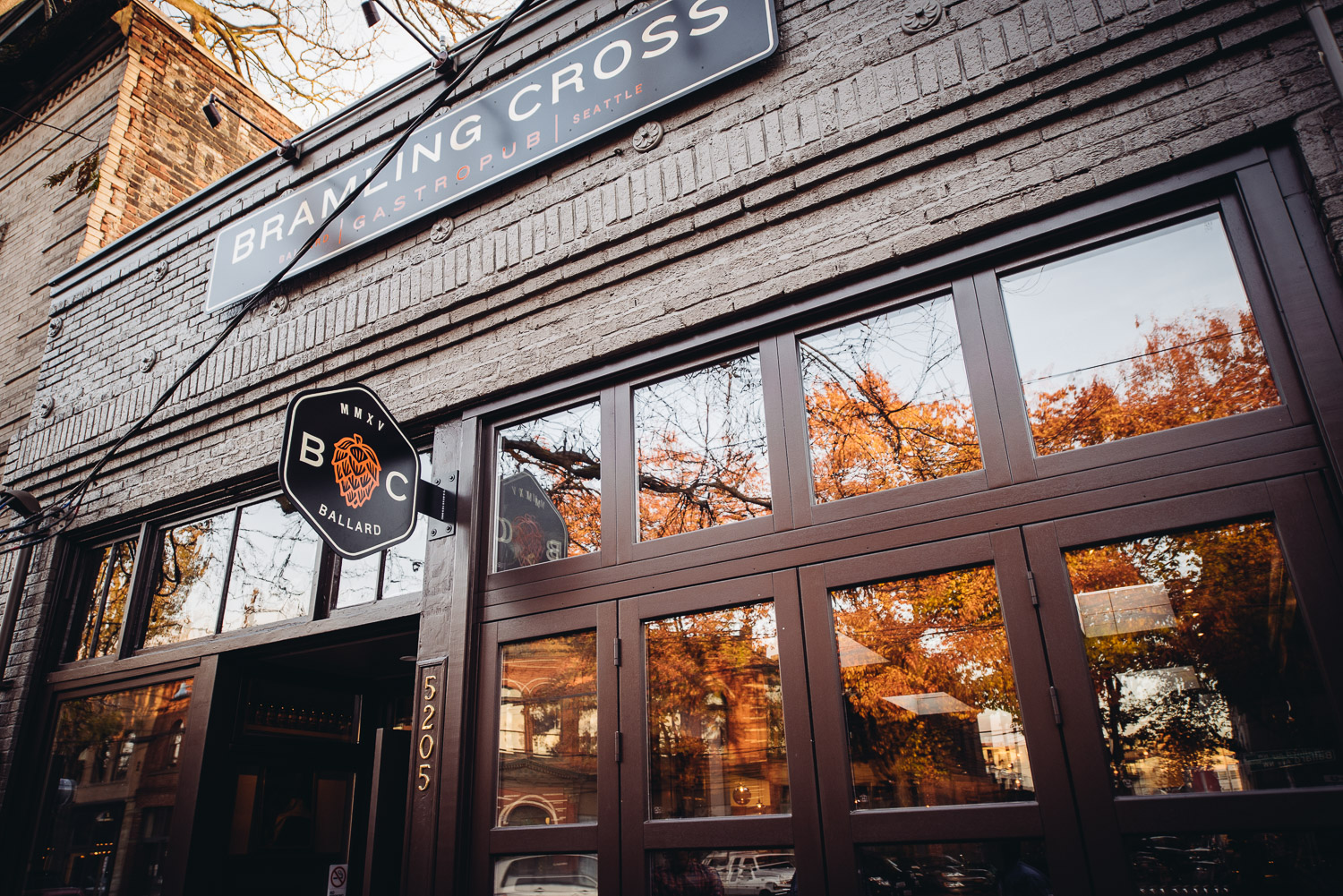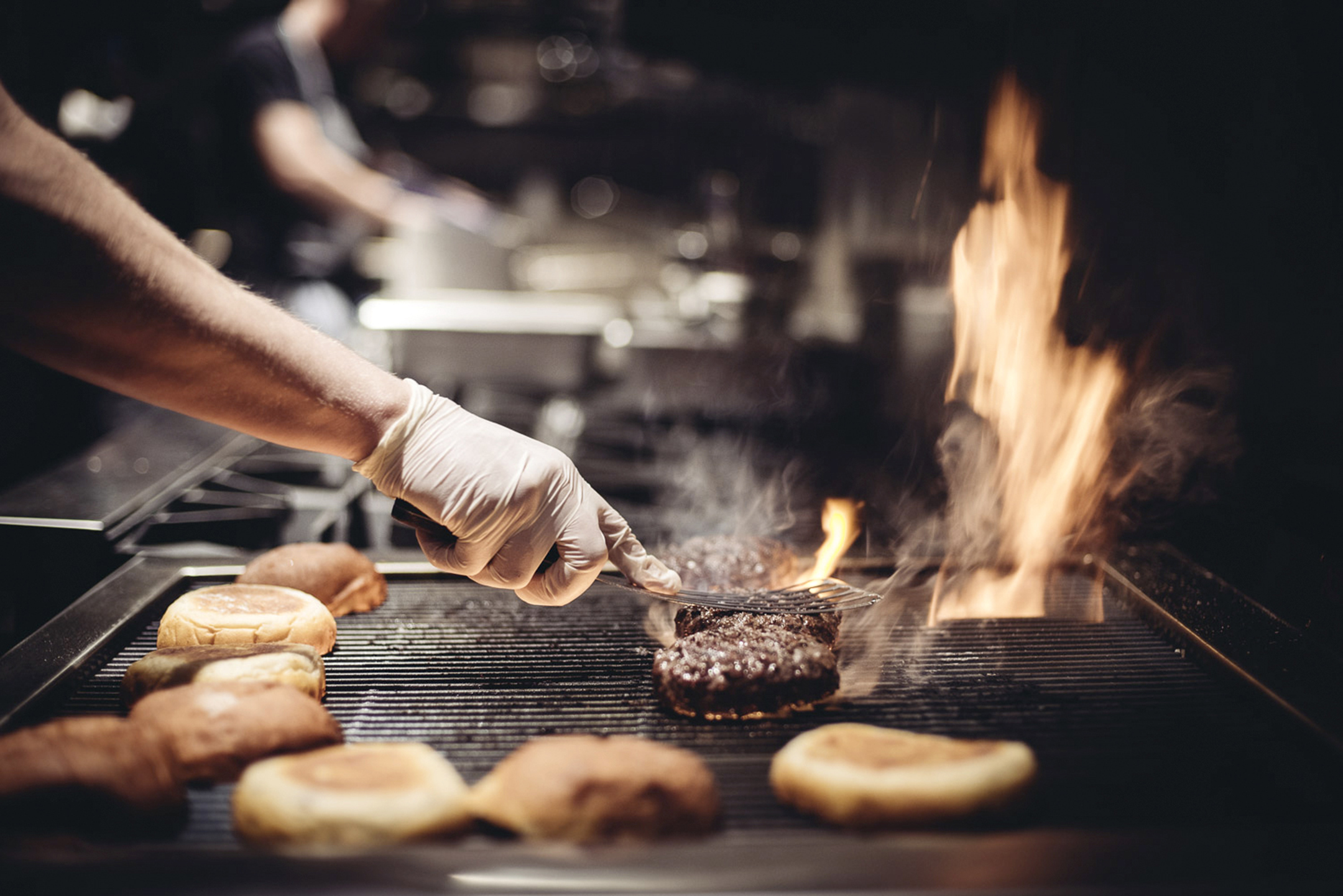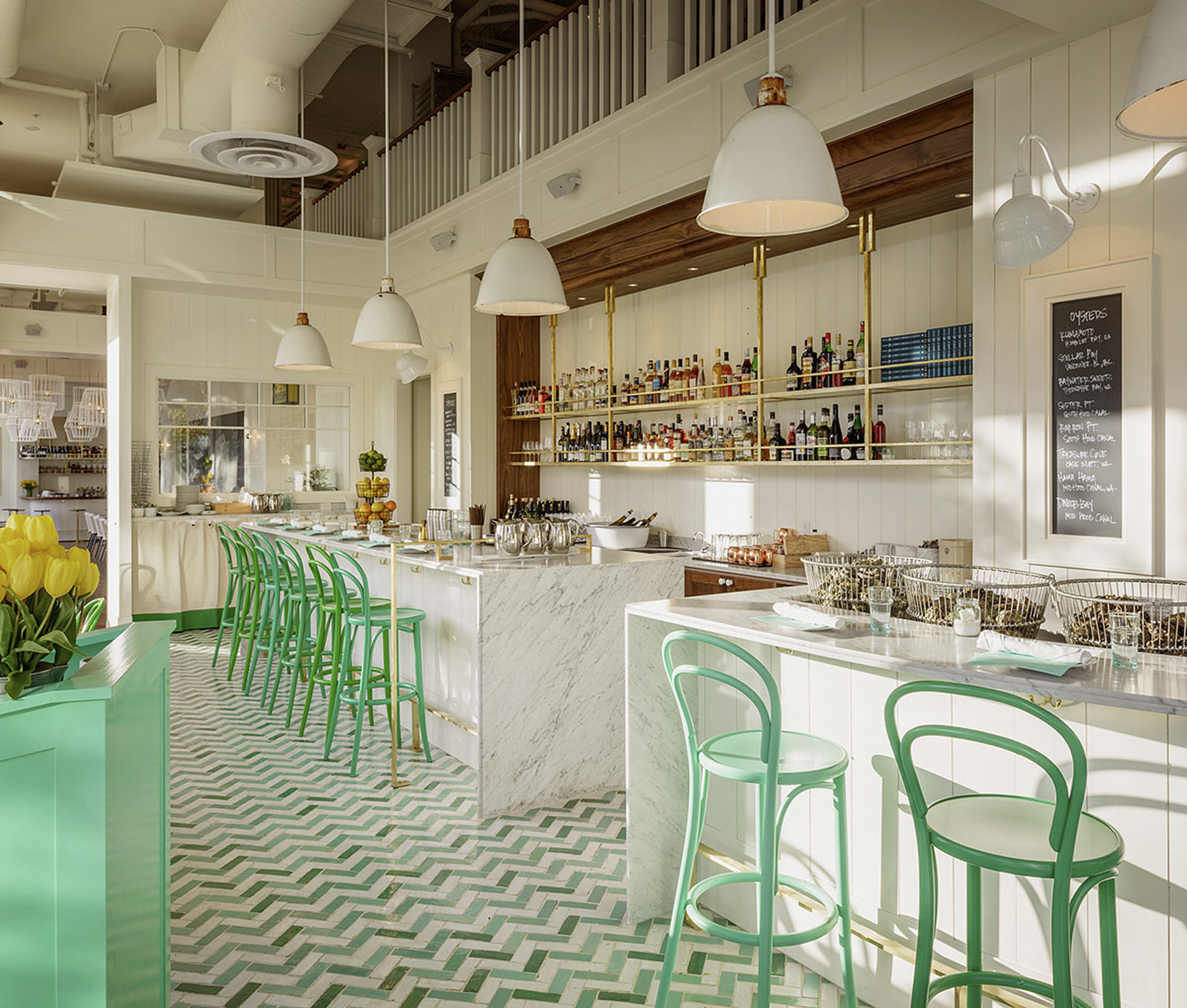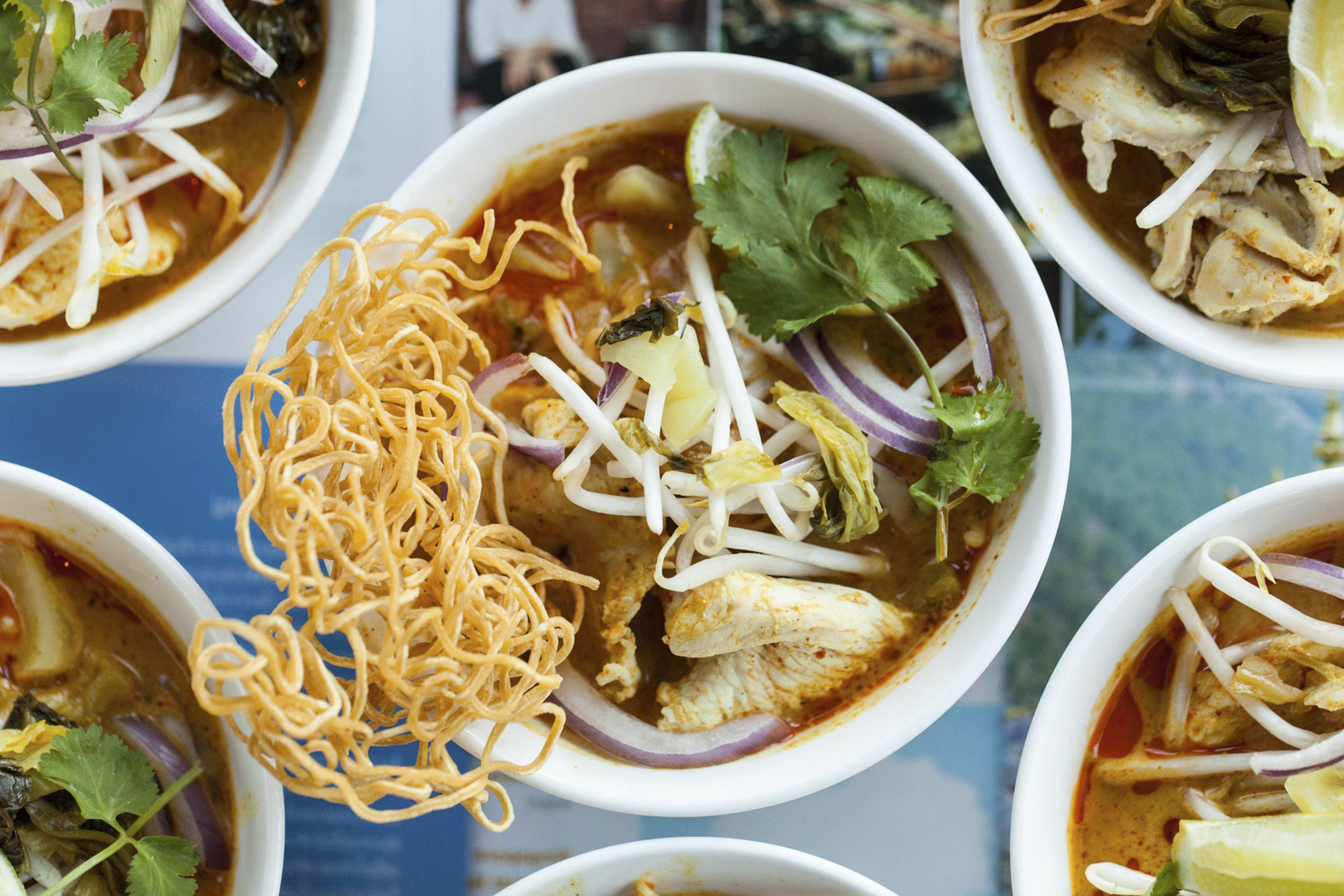While many Seattle foodies bemoaned this year’s snub by the James Beard Awards—only Renee Erickson’s The Whale Wins was a finalist in the Best Chef Northwest category—we still saved face nationally. Zagat’s just-published list of the top 17 food cities includes us at #13 (yes, Portland beat us at #8 . . . ) and Manolin squeezed into the #9 spot on Bon Appetit’s top-10 list. Likewise, Zoi Antonitsas (formerly of Westward and now at Omega Ouzeri) was lauded as one of 2015’s Best New Chefs by Food & Wine.
And in addition to celebrating what’s come before, there were plenty of new spots to explore over the year, including several strong first efforts from former sous chefs (Salare, Vendemmia) and a growing collection of projects from renowned restaurateurs like Erickson (Bar Melusine, Bateau), Jerry Traunfeld (Lionhead), Tom Douglas (The Carlile Room), Ethan Stowell (The Goldfinch Tavern, Bramling Cross), and Josh Henderson (Quality Athletics). Though the minimum wage jumped a dollar (and will go up another in January as it makes its way to $15), the restaurant scene hardly felt anemic. In such a vibrant food scene, there will surely be lots to watch in 2016. Here are my eight favorite and flawed trends to seek out (or avoid) in the new year.
Cocktails as Elixirs
It started with shrub, a non-alcoholic drink of fruit fermented in vinegar with purported health benefits, being added to cocktail lists all over the city. Now, in the past couple of months, I’ve seen bar menus popping up with drinks—or even shots—that combine alcohol with a potent potion of infused herbs and spices with supposed healing properties, like ginseng and turmeric. Do these additions really boost longevity and ward off ailments? My guess is that blasting your liver with alcohol might counter any possible perks. But, hey, what’s the harm in believing?—especially if it tastes good! If you like herbal notes in your liquor, these are for you.
Breads and Spreads
This trend has spread (no pun intended) from Middle Eastern menus, where it’s common to find flatbreads with a variety of dips like hummus and muhammara. Now it seems every hip restaurant is elbowing in on it. Expect to see more breads, crackers, and veggies paired with spreads, exotic oils, preserves, and cultured, flavored butters. Italian trattoria Ernest Loves Agnes on Capitol Hill has a menu section titled “Condimenti Ala Carte” that includes bread with add-ons such as saba, white truffle oil, housemade porcini salt blend, “Desert Miracle Olive Oil,” and house preserves. On Eve Fremont’s menu, “The Spread” includes baguettes, gluten-free crackers, and raw veggies, vehicles for goat butter, “Eve Goddess” dip, and golden-beet hummus. It’s an easy, cheap way to fill up guests and, I suppose, stretch your menu. Personally, I’d rather find a unique starter or two.
Comfy Seating The past two years have seen some of the most uncomfortable, back-pain-inducing restaurant seating: stools, backless chairs, hard metal seats, and wooden banquettes. I get it, they’re cheap and restaurants have to cut costs where they can. But, hallelujah, the future is looking up for anyone who actually considers comfort an integral part of dining out. Over the past few months, I’ve rested my bum on many a velvet- or suede-covered booth, and let my body sink into the soft back of a chair. Speaking of booths, they too seem to be proliferating (not just in diners), eliminating the need to beg the hostess to seat you in the one or two of them many restaurants typically only have.
Charcuterie Plates and Pickles The two often go hand in hand, and in 2015 Seattle’s dining scene was defined by their presence (it’s the new cheese plate). Not just any charcuterie, mind you, but house-cured meats. Pickles too strayed far from the dependable ol’ cucumber, and included cauliflower, beets, fennel, and other veggies. I wasn’t a fan; sure, I love salumi as much as the next person, but its ubiquity felt derivative and uninspired. And frankly, no matter what exotic item a restaurant chooses to pickle, it ultimately ends up tasting like, well, a pickle. The trend shows no sign of slowing, but I for one will always opt for something more inventive.
Specialty Dessert/Cocktail Bars With Renee Erickson’s brand-new General Porpoise donut shop, a second location for Autumn Martin’s Hot Cakes Chocolate Molten Cakery on Capitol Hill, and a proliferation of pie shops with booze, it’s safe to say that Seattle can’t seem to get enough sweets, particularly when coupled with cocktails. The lines that form even in winter for Martin’s spiked hot cocoa and drinking caramel, boozy milkshakes, chocolate cakes boosted with beer, and pie doused with liquor are legendary. As restaurants continue to cut back on in-house pastry chefs, diners may look to other places to get their sweet fix—with a drink to boot—in 2016.
Street Food As we come off years of “farm-to-table” dining and precious small plates, people are increasingly clamoring for the bold flavors and quick comfort of global street foods, from Indian rotis to spicy Thai papaya salads, octopus skewers to Jamaican meat patties. The world is truly the limit, and beyond food trucks or outdoor markets, the number of actual brick-and-mortar restaurants specializing in these cheap delicacies (Nue, Kraken Congee, Kedai Makan; see page 24) is on the rise. You can now enjoy your favorite foreign snack in a well-appointed space, not just on the street of a far-flung country.
Veggies as Mains I was recently a panelist on Seattle TV’s The Civic Cocktail, where, among other topics, the rise of the vegetable was discussed with special guest Tom Douglas. At his new Carlile Room, he’s completely overturned the traditional menu by making “Plants” the mains and meats (like filet mignon) the side dishes. Until visiting there, I would never have imagined uttering to a waiter, “A side of filet mignon, please.” It’s not just Douglas who has figured out how sublimely good vegetables can taste (see Stoneburner, Eve Fremont), and how many there are to offer beyond kale. The beauty of this is that you can get delicious vegetable preparations without defaulting to a vegetarian restaurant. Finally, Americans (or Seattleites, anyway) are realizing that we’ve been eating, proportionally, all wrong. Expect more menus weighted toward the veg in 2016.
Hotel Restaurants Tom Douglas has Lola at the Hotel Andra; Thierry Rautureau has Loulay at the Sheraton; and now Ethan Stowell has Goldfinch Tavern at the Four Seasons. Coincidence or the beginning of a trend? As Seattle continues to transition into a world-renowned city, it’s not so surprising that some of our “celebrity” chefs aspire for recognition beyond the faithful locals, catering as well to tourists and clients on business with big expense accounts. Good or bad? Depends, in my opinion, how well these restaurants represent the essence of Seattle and whether the chefs behind them continue to focus on the exceptional neighborhood restaurants that made them famous in the first place. Lola manages to appeal to all and doesn’t seem like it’s tied to a hotel (perhaps because it came before the city went bananas), while Loulay and Goldfinch inhabit that luxe space which doesn’t necessarily feel particularly Pacific Northwest.
nsprinkle@seattleweekly.com
